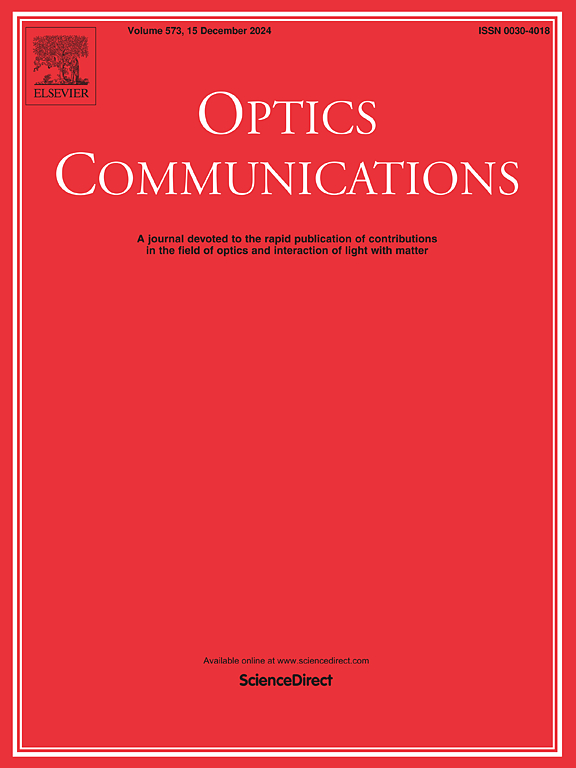Attosecond pulse generation by the interaction of intense laser pulse and hydrogen-like He+ ions in Debye plasma
IF 2.2
3区 物理与天体物理
Q2 OPTICS
引用次数: 0
Abstract
Generating coherent soft X-rays and extreme ultraviolet (XUV) attosecond pulses has attracted considerable attention due to their applications as key tools in time-resolved investigations with high precision, enabling the tracing of electronic dynamics in atoms and molecules. This study focuses on the interaction between an intense multi-cycle laser pulse and hydrogen-like ions within a Debye plasma. We investigate how this interaction generates high-order harmonic radiation and the production of XUV attosecond pulse trains. To achieve this, we numerically solve the time-dependent Schrödinger equation, considering twelve-cycle intense laser pulses with a wavelength of 800 nm and an intensity of 15 W cm−2. The primary aim is to examine the effects of Debye screening length (specifically, the impact of plasma density and temperature) on the physical characteristics (intensity, duration, and spectrum) of the generated attosecond pulse trains. Moreover, we calculate various physical quantities, such as the time-dependent induced dipole acceleration, the time evolution of the expectation value of the Hamiltonian, and the ionization probability for the electron quivering in the laser field. These calculations provide further insight into how Debye screening length influences the high harmonic generation process. Our findings demonstrate that the physical characteristics of attosecond pulse trains can be adjusted by selecting appropriate values for plasma density and temperature, and consequently, the Debye screening length.
求助全文
约1分钟内获得全文
求助全文
来源期刊

Optics Communications
物理-光学
CiteScore
5.10
自引率
8.30%
发文量
681
审稿时长
38 days
期刊介绍:
Optics Communications invites original and timely contributions containing new results in various fields of optics and photonics. The journal considers theoretical and experimental research in areas ranging from the fundamental properties of light to technological applications. Topics covered include classical and quantum optics, optical physics and light-matter interactions, lasers, imaging, guided-wave optics and optical information processing. Manuscripts should offer clear evidence of novelty and significance. Papers concentrating on mathematical and computational issues, with limited connection to optics, are not suitable for publication in the Journal. Similarly, small technical advances, or papers concerned only with engineering applications or issues of materials science fall outside the journal scope.
 求助内容:
求助内容: 应助结果提醒方式:
应助结果提醒方式:


